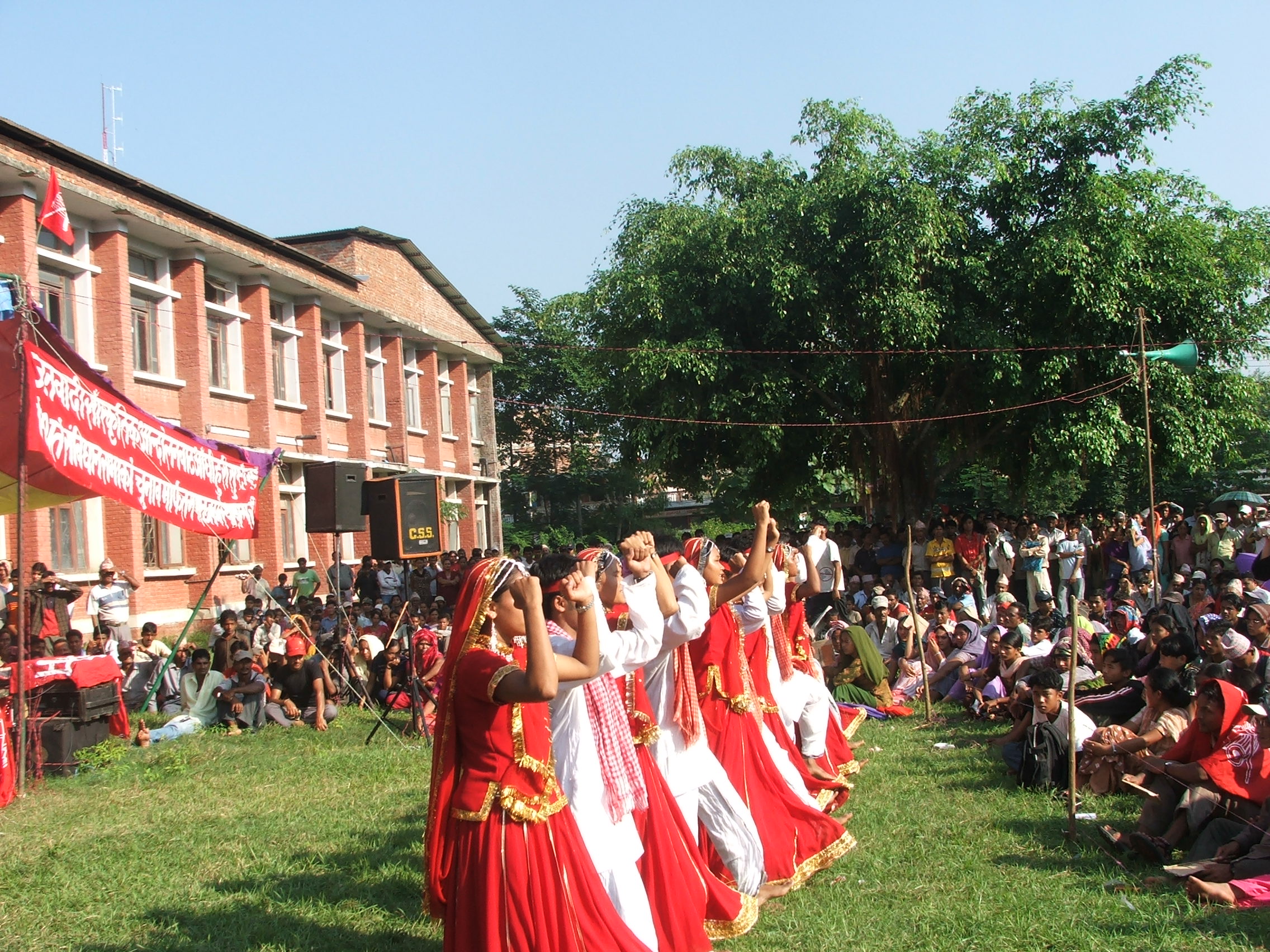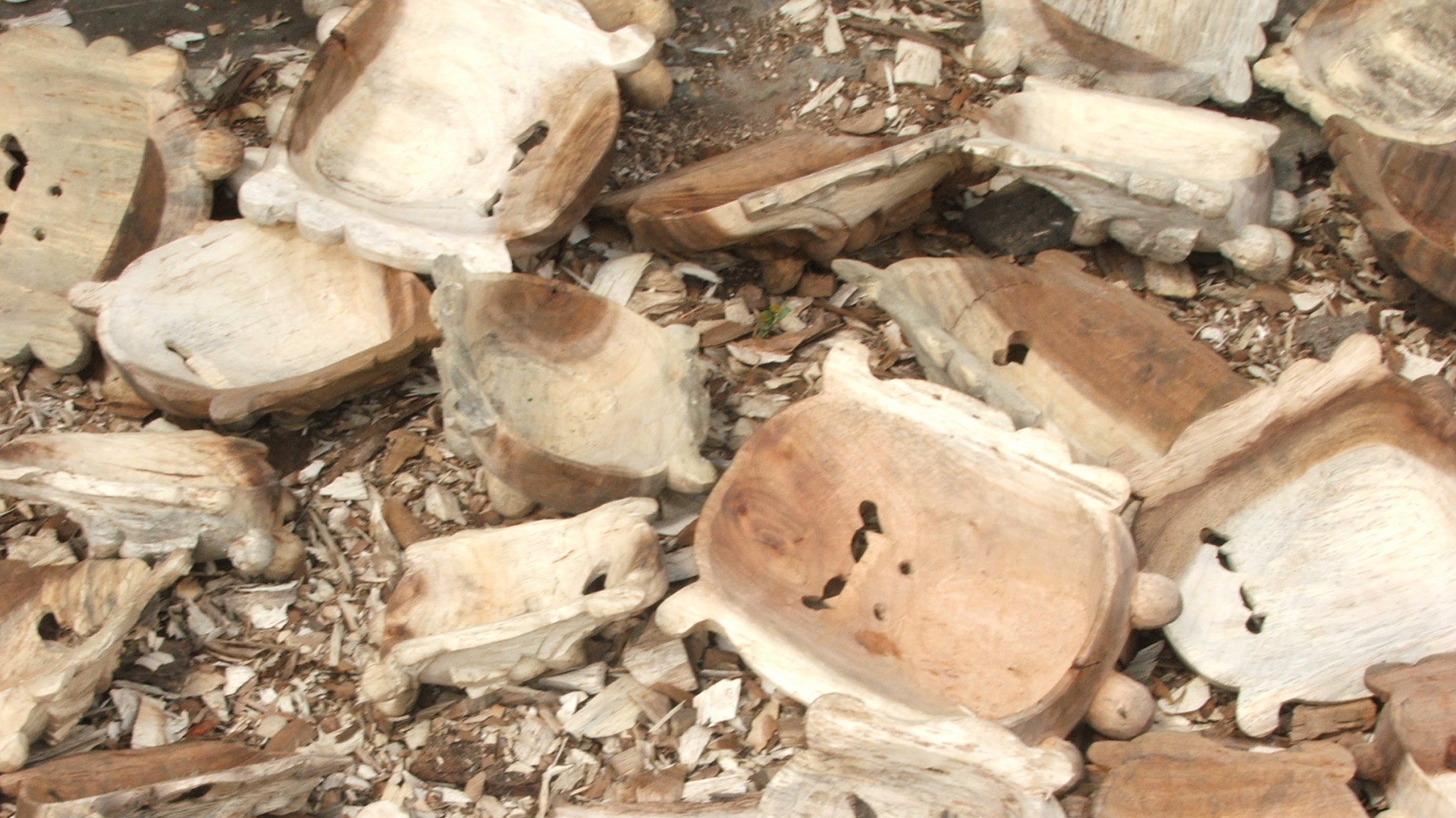Theatre for social change
I’m interested in performance and performativity, and the blurred space standing between ‘doing’ and ‘observing ourselves doing’ things . In particular, how theatre can create spaces for social and political transformation.
My research in Nepal focuses on different types of theatre for social change. I have studied kachahari natak, a form of Forum Theatre performed by artists in planned development projects to question oppressions and explore possible solutions. I have followed the process through which both the professional theatre artists of Aarohan Theatre Group and the activists from the Kamlari Natak Samuha produce and stage kachahari natak in schools and villages in Dang-Dekhuri respectively during the Kamlari Liberation Movement.
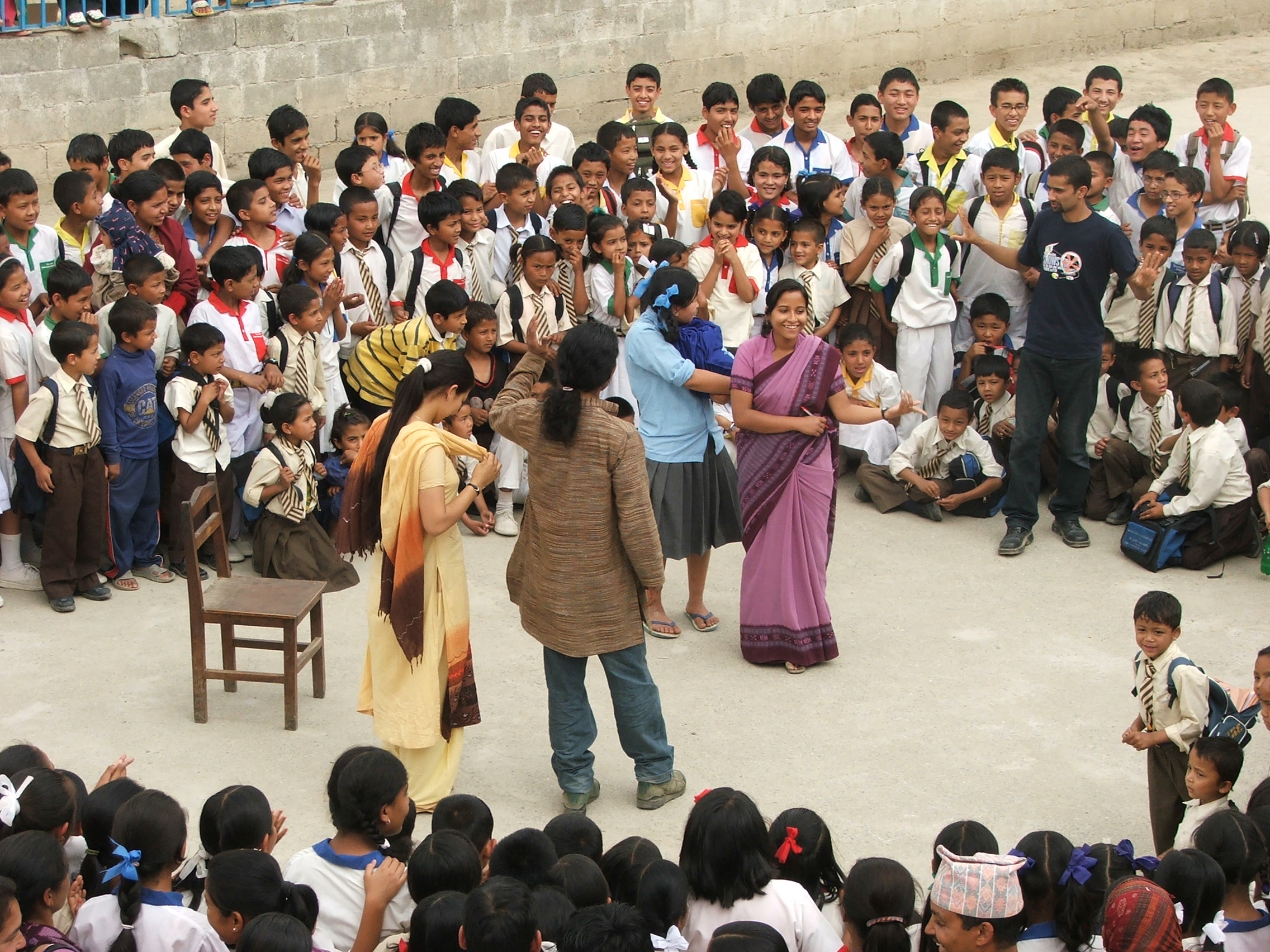
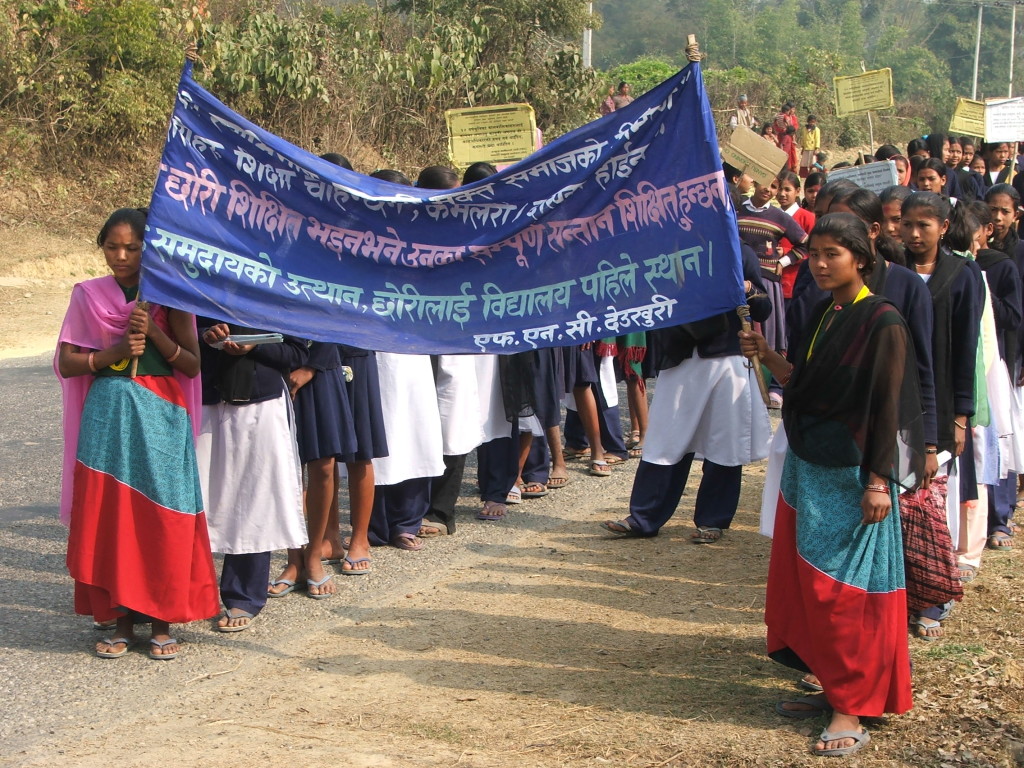
Loktantrik natak or theatre for democracy represent political street theatre performed by Aarohan artists voluntarily during the social movement that developed in Nepal in 2005-06, Jana Andolan II.
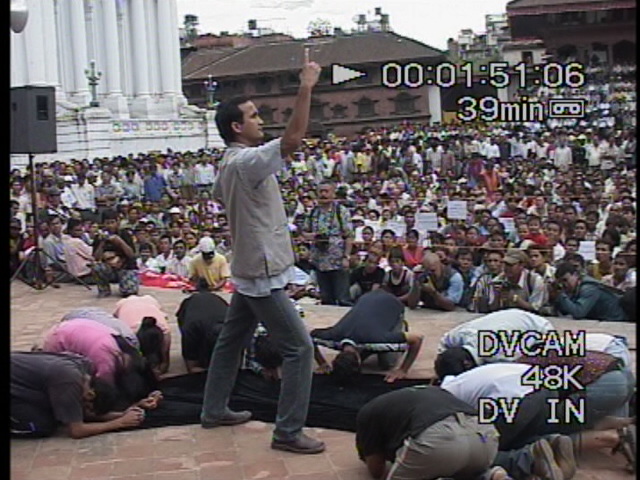
For the Maoist Party, cultural work plays an essential role in spreading political messages and recruiting activists. Songs dances and revolutionary theatre constitute the backbone of the party’s political cultural programs.
